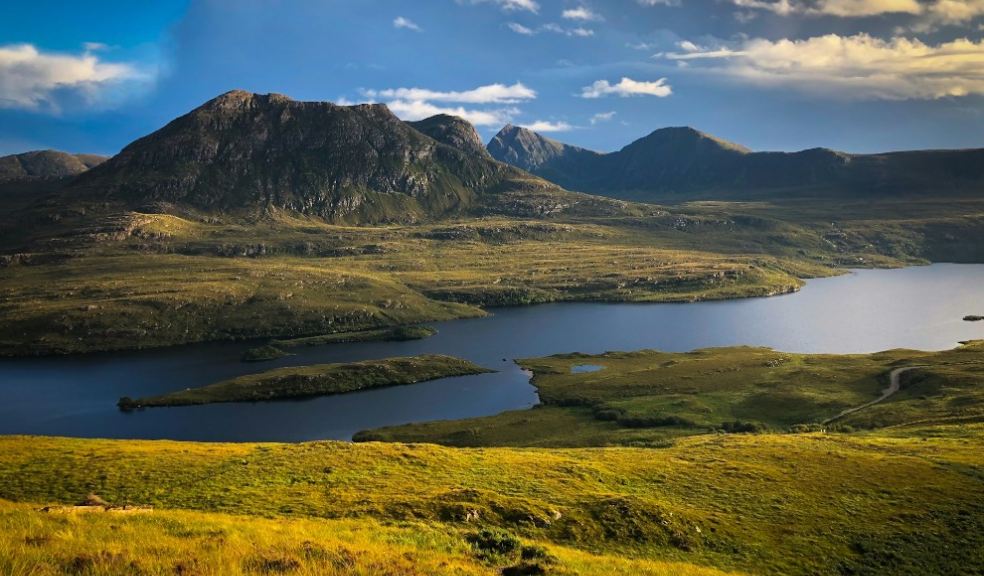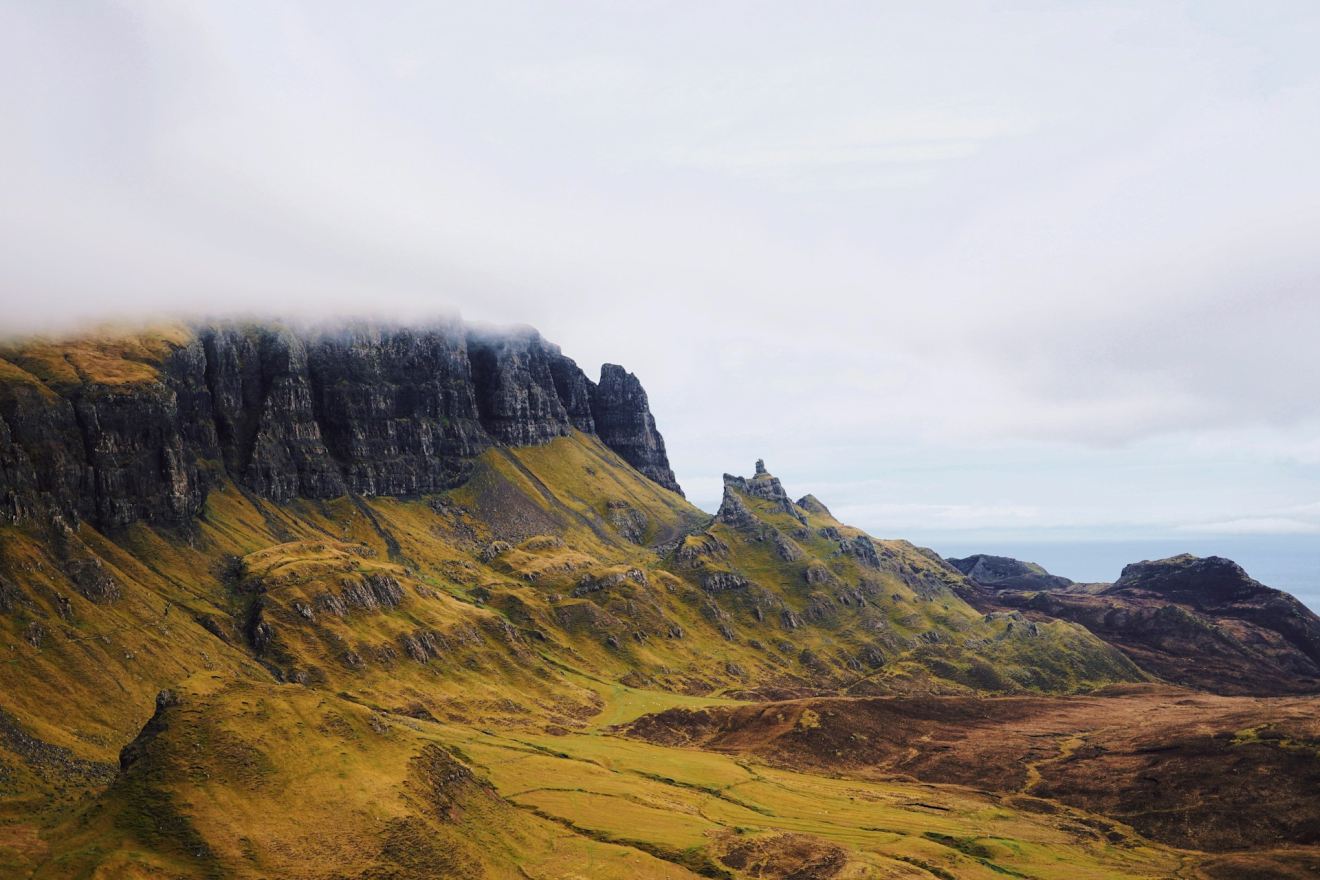
Best Season to Hike the West Highland Way
West Highland Way is one of the most famous trails running from Milngavie near the city of Glasgow with a distance of 96 miles to Fort William and is in Scotland. Since its inception in the year 1980, it has enthralled trekkers all over the world and provides the best combination of scenic beauty and historic significance together with variations in the extent of difficult terrains for the walkers.
The landscape of the West Highland Way is one of the major attractions of this route. It includes the walk through the low-lying farmlands, the more mature and mapping woods and forests, the large expansive heathland of Rannoch moor, and the stunning highlands of Glencoe. During the walk, the visitors can enjoy the sights of lochs, rivers, and waterfalls including the shore of Loch Lomond – the largest Scottish freshwater loch in the area. The scenery differentiates, and thus the lengthy drive never becomes boring because every day is different and has beautiful scenery.
But, the best time to go on the trip is another important consideration while planning. Every season has its benefits along with some drawbacks.
Spring and Summer
Some of the most beautiful seasons for tourism is during the spring period, which is normally from the end of March to early June. When the snow has gone and the days are getting longer the West Highland Way is alive with color and the chorus of birds. Spring climate in Scotland varies as it is not very stable in comparison to other seasons, however it does not snow. One can expect a drizzle almost anytime and indeed the early spring often brings chilly winds.
Wildflowers bloom, trees grow new leaves, and birds that spend winters in warmer climates arrive back in the area. This season is also recommended for bird watching with ospreys and golden eagles being a familiar sight commonly spotted along the trail. The trail might be wet or icy in some sections because of melting snow in early spring especially those on the higher grounds and the shaded area. Don’t forget to wear sturdy and waterproof hiking boots and gaiters.
Thus, the most favorable months for a hike are from June to August. This is because the Highlands are more colorful and the weather is normally favorable. However, Scotland is known for its humid climate and it is always good to have raingear and warm clothing even in summer because the weather can turn bad at any moment. Apart from that, some parts of the trail may be exposed to cold winds, especially in the evening.
Summer is filled with green colors and wildflowers are in bloom. Forests are alive during this season. This is also the time for midges, which are small gnats that bite people, and this is typical in the pre-dawn and at dusk. So, put on insect repellent and bring along a midge net.
The trail is the driest in the summer, and it is easier to follow as the trails have already been well-trodden. Since there are no shorter days in the summer, there is always enough daylight to spend on longer hikes and not be in a rush.
Summer is the most popular time to hike the West Highland Way, and the trail can be overcrowded. Availability tends to be limited, and booking a room in advance is advised.
Autumn and Winter

Hiking the West Highland Way is spectacular during the autumn season which starts from September until November. The views are golden, and the path is not as crowded as during the high season.
However, the weather during the fall season is cool, crisp, and invigorating. It rains more often and it begins to get darker early in the evening as the day is shorter. It is obligatory to wear waterproof clothing.
Trail conditions are generally well maintained and can be made sloppy by muddy conditions sometimes resulting from rainy seasons. If one or another of the higher parts is located in the area of mountains, it is possible to observe the first snow in late autumn to increase the degree of difficulty of the hike.
Finally, the winter season is the least popular time for hiking the West Highland Way. But for those who want to be alone and to feel something special, winter hiking has its perspectives. Though winter hiking and trudging is an extraordinary experience, it is associated with many striking difficulties.
There are few hours of daylight especially in winter where there could be 7 to 8 hours of daylight in December. In some parts of the trail, the temperatures can plunge below freezing at night, and with snow and ice, some areas of the trail can be dangerous or even inaccessible. Furthermore, many accommodation facilities and services along the route will be unavailable during the winter season.
To conclude, whichever season you decide to go for the West Highland Way, be ready for Scotland’s unpredictable weather. With a little preparation and desire for an adventure, the West Highland Way is to offer one of the finest scenery in Scotland. The best season to hike depends on your personal preferences and priorities.













